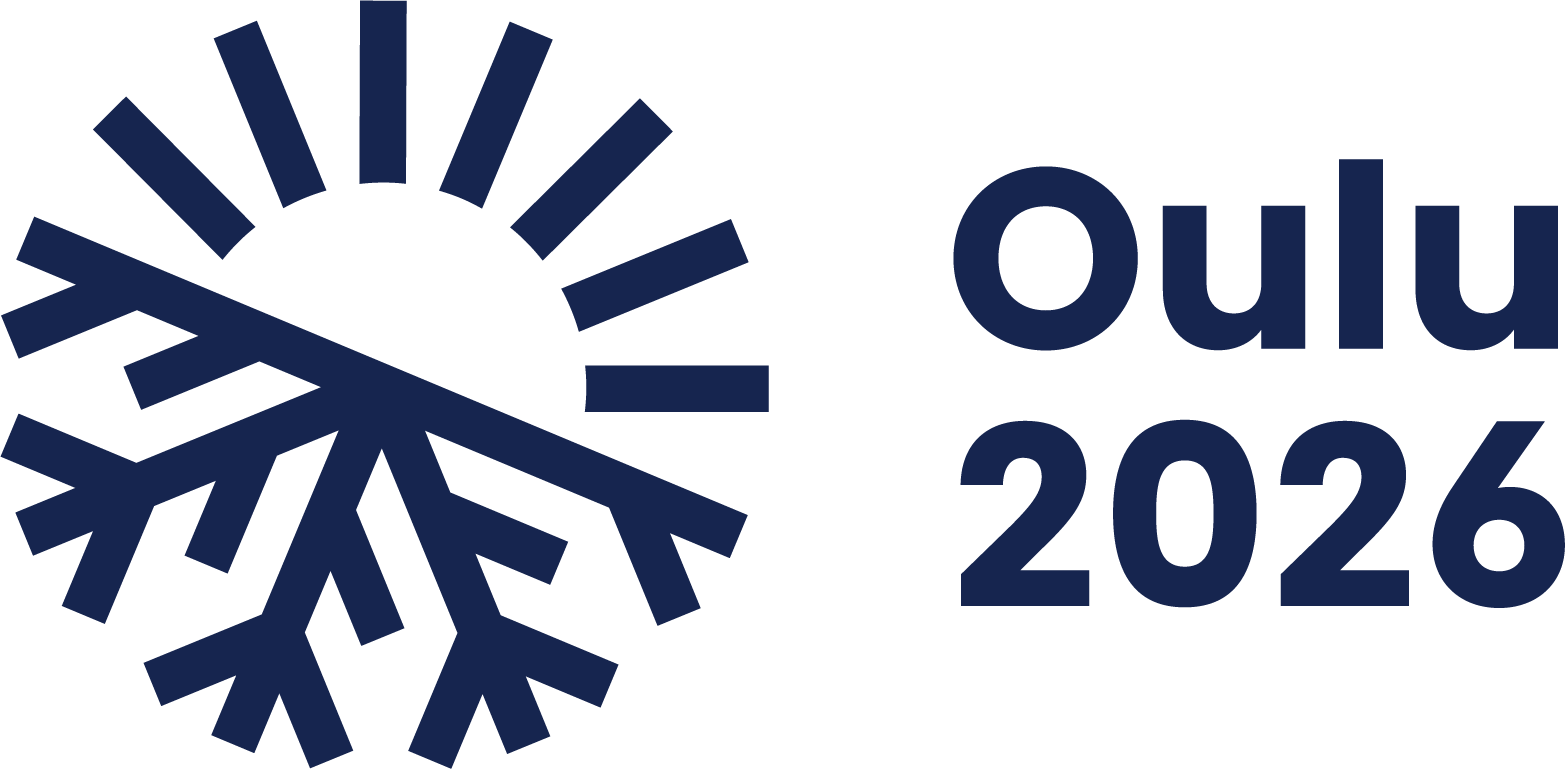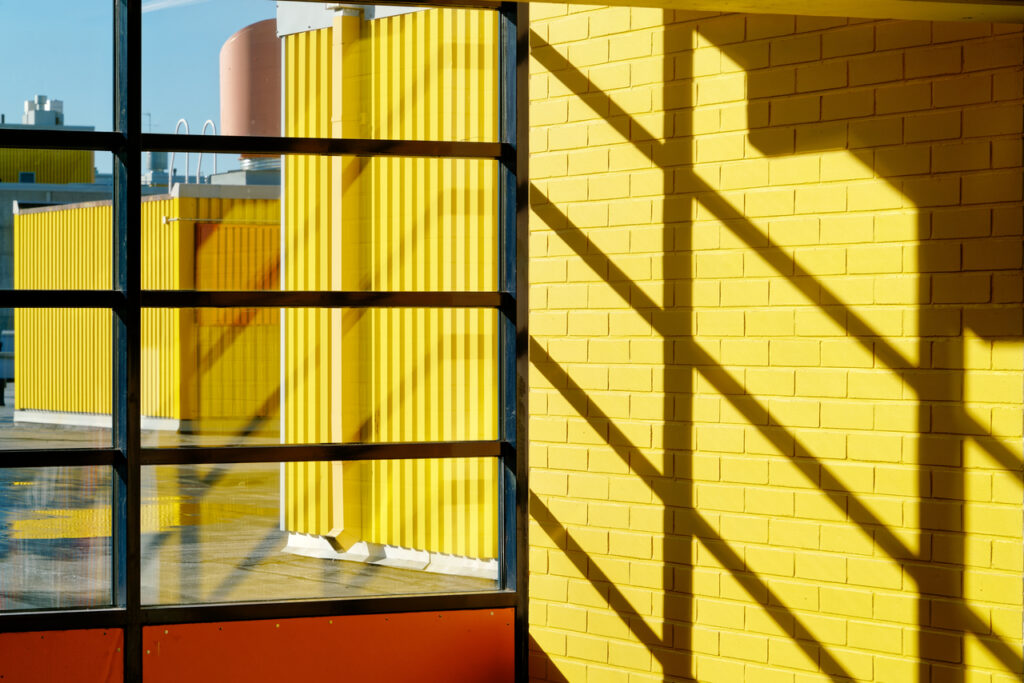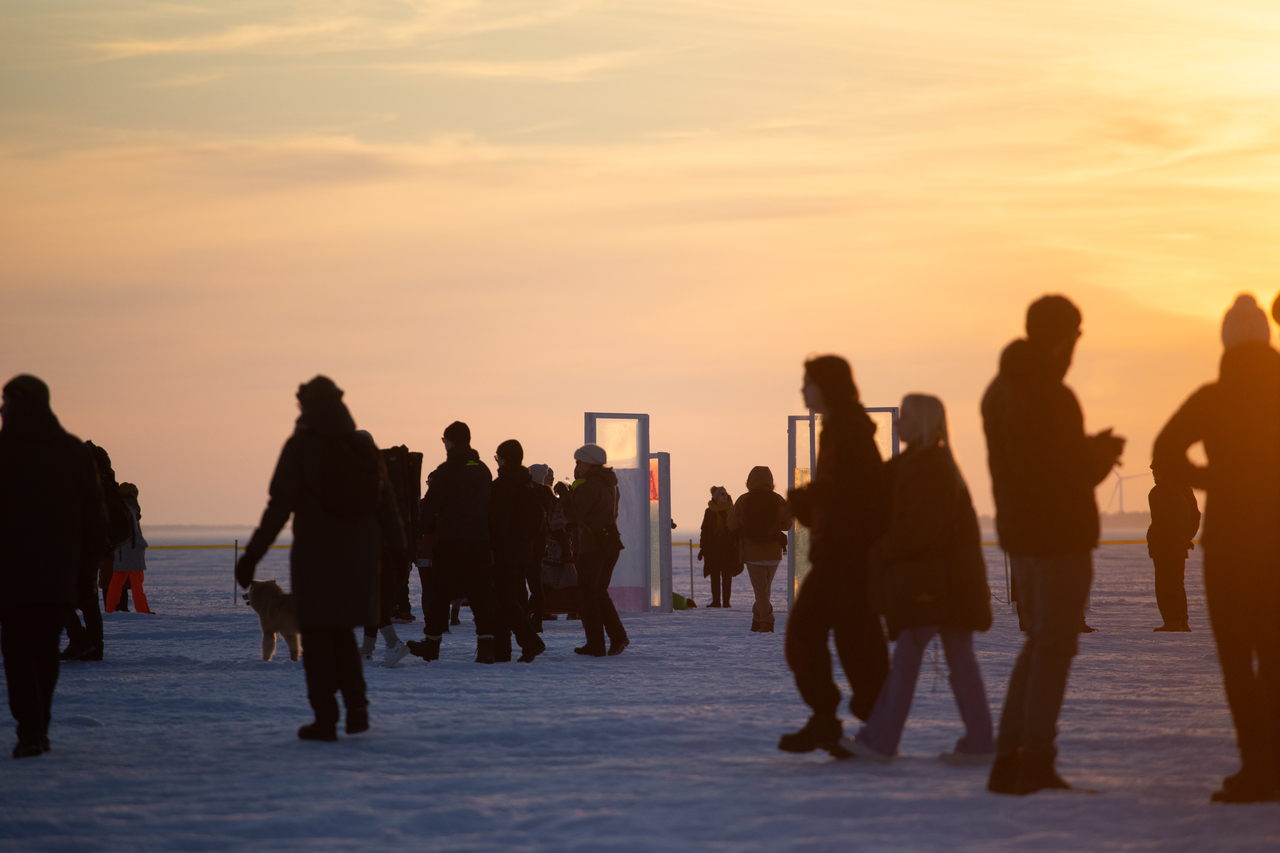Mar 4, 2024
For the first few months of Oulu’s European Capital of Culture year 2026, the Oulu Art Museum will be transformed into a museum of Sámi art. Combining contemporary Sámi art and duodji, traditional Sámi handicrafts, Sápmi Triennale will be one of the main attractions. The selection of artists for the trienniale has now been announced.
An open call for artists and artworks for the first travelling exhibition of the Sápmi Triennale was launched in autumn 2023. A total of 97 applications were received, with around 500 submissions. The selection includes works by 25 artists: duodji handicrafts, dáiddaduodji art, video, sound and installation art, photography, painting, textiles, ceramics and literature.
The artists selected into the programme are Anna-Stina Svakko, Charlotte Nielsen, Christin Løkke, Eiril Linge, Elina Waage Mikalsen, Eva Kitok, Geir Tore Holm & Søssa Jørgensen, Gjert Rognli, Gunvor Guttorm, Hanne Grieg Hermansen, Hans Ragnar Mathisen, Helena Lagerqvist Kuoljok, Helmi Aletta Hagelin, Inga-Wiktoria Påve, Inger Blix Kvammen, Jorunn Løkvold, Kirsi Paltto, Katarina Spik Skum, Maarit Magga, Matti Aikio, Monica Edmundson, Odd Marakatt Sivertsen, Reetta Tornensis, Susanne Ewerlöf and Tilde-Ristin Kuoljok.
The selection of artists was made jointly by the three artists on the board of the Sámi Centre for Contemporary Art (Sámi Dáiddaguovddáš SDG), the director of the Kiruna Art Museum, Maria Lind, and the curator of the Rovaniemi Art Museum, Ulla Viitanen.
The Sápmi Triennale, which will tour Sámiland, Finland, Sweden and Norway, is organised by Sámi Dáiddaguovddáš SDG (Kaarasjoki), Nordlandsmuseet & Bodø2024, Konstmuseet i Norr (Kiruna) and Rovaniemi Art Museum in cooperation with Oulu Art Museum and the Oulu2026 European Capital of Culture. The triennial will open in August 2024 in Bodø, Norway, one of this year’s European Capitals of Culture. The triennial will arrive in Oulu in January 2026.
Art increases knowledge
The Museum of Sámi Art, which will take over the Oulu Art Museum in the winter of 2026, is an extensive community-based project of the Oulu Cultural Foundation and its partners within the larger Oulu2026 culture programme. Planning began in 2022, and implementation is based on dialogue and joint effort between the museum and the Sámi people.
“This is one example of what we call cultural climate change,” says Aino Valovirta, Sámi culture producer of Oulu2026. “On one hand, we want to bring Sámi people together to enjoy a diverse cultural offering, and on the other hand, we want to increase cultural literacy and awareness of Sámi culture among the general population. We hope that both the exhibitions at the Oulu Art Museum and the Sámi programming in general will have a lasting impact.”
The traditions and the culture of the only indigenous people in the European Union will be showcased in a wide range of public events and activities throughout the European Capital of Culture year, and work is already underway to promote the events to a wide range of audiences. The first Dálvemánnu events in January and February 2024, coordinated by Oulu2026, attracted approximately five hundred visitors. The programme featured for example a community evening at the art museum and a Sámi National Day seminar and concert.
For further information and interviews, please contact:
Curator Selina Väliheikki, Oulu Art Museum
selina.valiheikki@ouka.fi, +358 44 703 7456
Sámi culture producer Aino Valovirta, Oulu2026
aino.valovirta@oulu2026.eu, +358 40 509 1867
Feb 14, 2023
Have you dreamed of a more lively university campus? Would you like to be able to enjoy the cultural activities also during the working day, for example during the lunch hour? Could the campuses of the University of Oulu offer an attractive cultural program in the evenings, which would encourage the members of our community to come to the campuses even after studying and working?
Creative Campus project is now looking for imaginative event ideas and enthusiastic cultural creators, with which we can together enliven our university in the European Capital of Culture year 2026.
Send your ideas by filling out the attached questionnaire: https://link.webropol.com/s/Oulu2026CampusAsAStage.
Event ideas are accepted until 31 March 2023. Uniresta’s coffee tickets will be drawn among the respondents.
The University of Oulu and OYY participate in the Oulu Capital of Culture Year program with their joint Creative Campus project, whose events consist not only of established events but also of new event concepts. One of the event concepts to be published in 2026 will be the Campus as a Stage event series. The aim of this event series is to open the community and interaction spaces of the University of Oulu’s campuses to the use of cultural actors for, among other things, concerts, performances and art exhibitions. The purpose of Campus as a Stage events is to strengthen community and well-being, and to bring culture closer to the everyday life of our university community.
Dec 21, 2022
Oulu is a 2026 European Capital of Culture. The Oulu2026 cultural programme is mainly built through a series of Open Calls, the second of which closed on 9 December. In total, 274 applications from Finland and 20 other countries were received.

Oulu and the entire northern region of Finland will be filled with culture, art and events in the coming years. Northern Finland will emerge on the world map in an unprecedented way as Finnish and international cultural talents create a completely new programme in cities, the countryside and nature. The Capital of Culture project is a journey of several years, culminating in 2026.
“The first Open Call was open to everyone and took place during the European Capital of Culture bidding phase. The proposals we received at that stage were really ambitious and formed the basis for our Bid Book. I am delighted by the huge number of applications we have received through our most recent Open Call, and we are very excited to go through all the applications with our external evaluators,” says Samu Forsblom, Oulu2026 Programme Director, Oulu Culture Foundation.
The main theme of the culture programme is Cultural Climate Change. The culture programme is further divided into three main programme themes: Brave Hinterland, Wild City, and Cool Contrasts. The Open Call targeted projects with a far-reaching impact around these themes, requiring a longer time, even years, to prepare and realise. The “We are the Culture” Open Call for short-term, stand-alone community events and projects will open closer to 2026.
The Capital of Culture brings Europe together
The Open Call was open to international applicants and proposals were received from 20 countries in addition to Finland. Some 90 percent of the proposals came from Finland, with 65 percent of these from the Oulu2026 region, and the remaining 35 percent from areas throughout the country, including Helsinki.
“One of the tasks of the Capitals of Culture is to promote collaboration between artistic and cultural creators in Europe. The cultural programme offers a platform for building an inspiring future for the North with a European dimension. I believe that, right now, the world needs cooperation much more than
separation,” says Forsblom.
The projects applied for a total sum of EUR 47,309,960 in co-funding. For the present Open Call, Oulu Culture Foundation has allocated co-funding worth EUR 5 million.
“The total sum of funding applied is nearly ten times the amount we have available. This shows that Northern Finland has more than enough creative potential to build a much wider cultural offering than is currently the case and that there is a demand for additional funding outside the framework of the Capital of Culture,” says Piia Rantala-Korhonen, CEO, Oulu2026, Oulu Culture Foundation.
The Oulu2026 team met with nearly 1,000 potential applicants in various events during the Open Call. The webinars concerning the Open Call process were registered by 700 persons, in addition to which face-to-face and online helpdesk clinics were also arranged.
The funding decisions will be announced by 31 May 2023.
Further information:
Samu Forsblom, Programme Director
Oulu Culture Foundation, Oulu2026
+358 (0)44 703 7558



